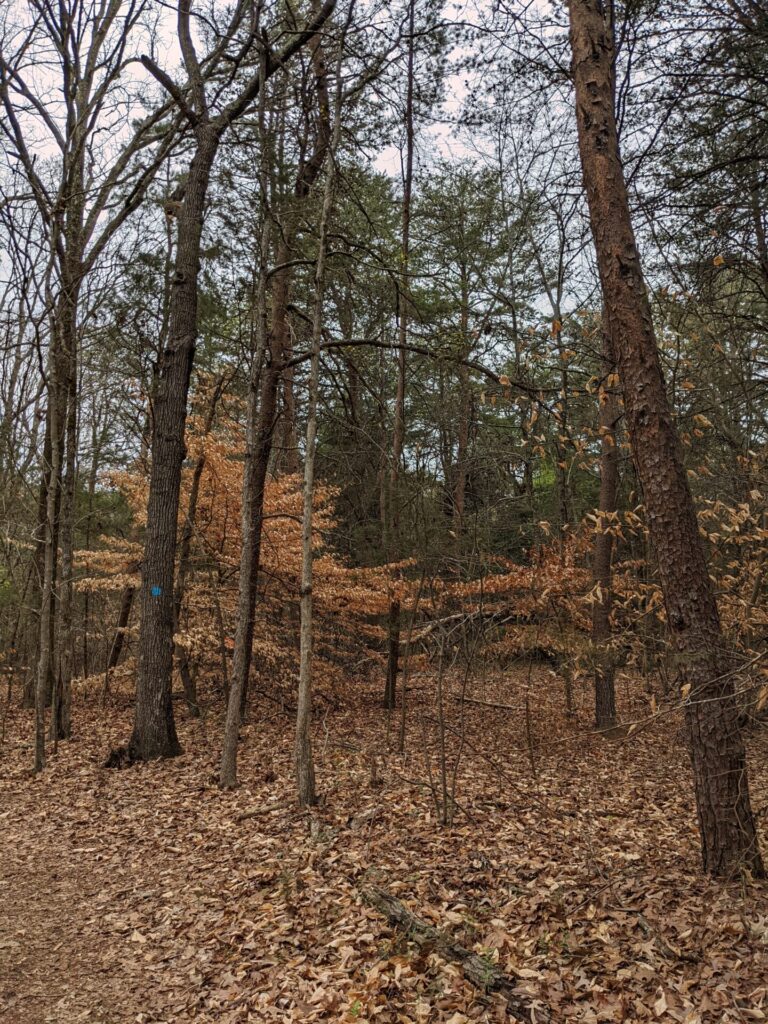By Christine Sheil
When my daughter was in kindergarten, the class did a unit on trees. The students learned about how trees provide shade and food and oxygen for us to breathe, not to mention habitat for wildlife. By the end of the unit all the parents were sick of hearing about trees (this, of course, was during virtual learning). But have you ever thought about how truly vital trees are to our lives?
Trees offer some major public health benefits. The mere presence of trees and green spaces is associated with an increase in both our sense of well-being and our level of activity. Trees also improve air quality by removing a lot of the dust, smoke, and ozone that pollutes the air we breathe—and the larger, more mature trees do an exponentially better job at removing pollution from the air than smaller, younger trees.
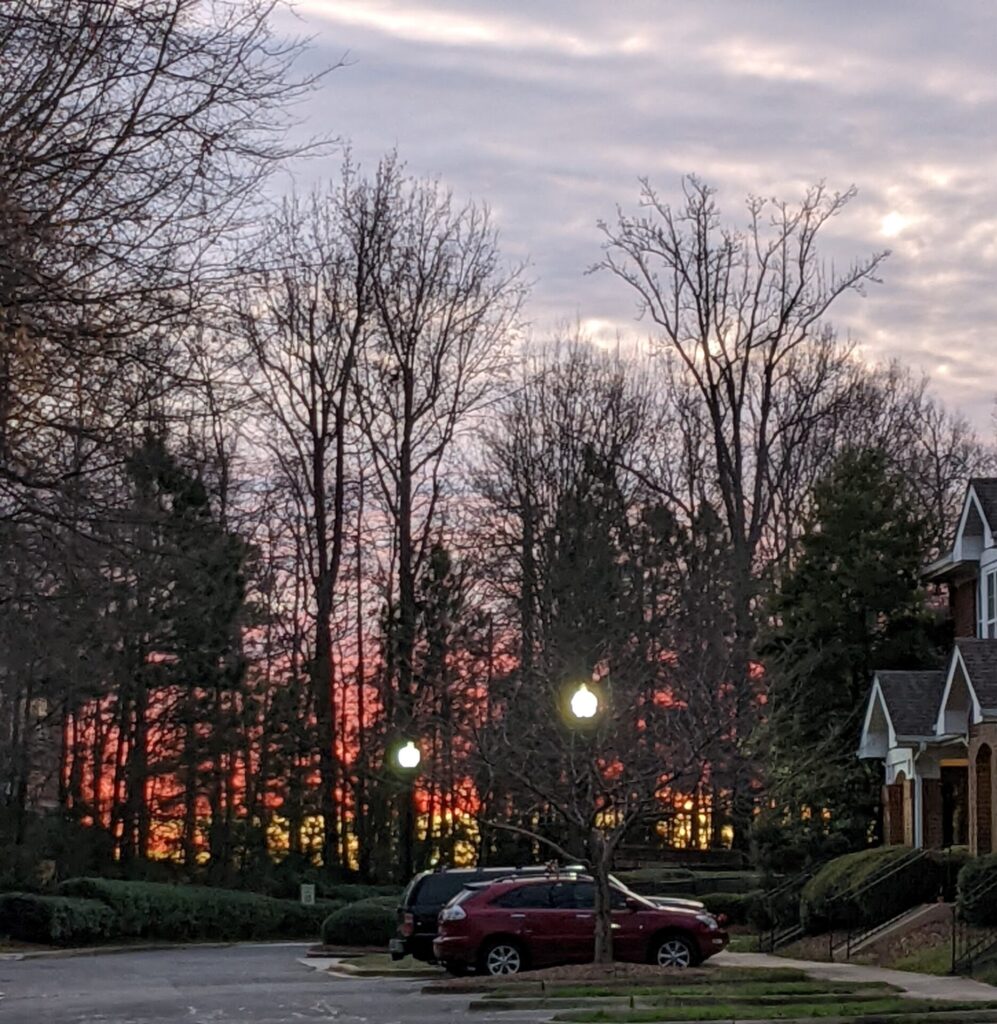
Also, trees are literally cool. Have you heard of the urban heat effect? Cities are quite a bit hotter than the surrounding countryside, but urban areas with trees are up to 10 degrees cooler than treeless ones.
Trees Can Reduce Your Cooling Expenses
Speaking of cooling, properly placed trees can reduce your cooling expenses in the summertime. Placing trees along the east and west sides of your property can shade your home and keep it cool in summer; ensuring that these trees are deciduous lets the warmth of the sun reach your home in the cooler winter months. Trees also play an essential role in combating climate change. Trees store and use up carbon dioxide during photosynthesis, reducing carbon dioxide in the atmosphere.
Another public service that trees provide is in stormwater management. As Charlotte and other cities see more and more development, the increase in impervious surfaces means that there is less soil to absorb rainfall. The rainwater has no choice but to flow into the streets towards the storm drains. The rush of water can overwhelm our storm drains, leading to flooding. Trees help to mitigate this issue by slowing the flow of water. The leaves and branches catch some of the rain, which then either evaporates back into the air or slowly drips down to the ground. And trees are great for the community. Trees muffle noise from nearby busy roads and highways. Neighborhoods that have more trees tend to have less crime, a greater sense of community and neighborliness, higher property values, and more walkable streets. Thanks, trees! Plaza Midwood in Charlotte has lots of large, mature trees—the exact types of trees that provide the most benefit—and because our trees are so wonderful, it is worth putting in a bit of extra effort to keep them healthy and long-lived. Native trees are best because they’re suited for the native soil conditions. Do your trees a favor and make a habit of noticing them.
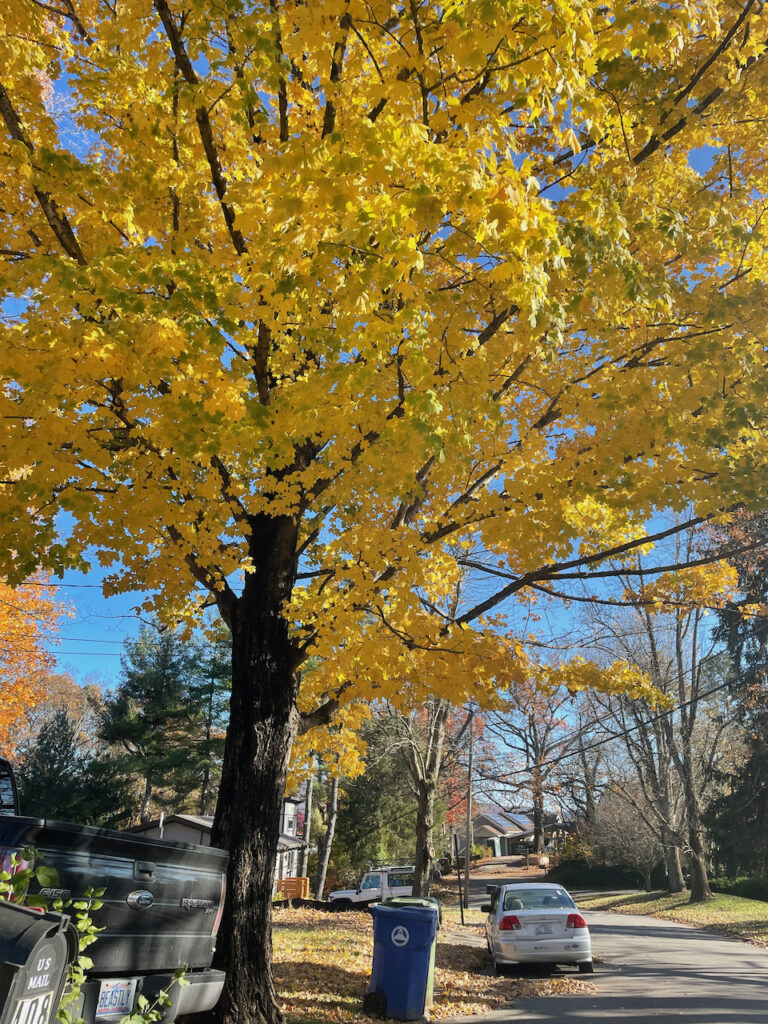
Throughout the year, notice the leaves: is the color right for the season? Are the leaves the right size? Notice the branches: is there any dieback or sign of disease? And what about the trunk? Is the bark healthy? By making a habit of checking in with your tree regularly, you’ll get to know your tree and will be able to spot early signs of disease or ill health. If that sounds like too much, just take some time once a year to inspect your tree thoroughly. If anything seems concerning, have a certified arborist come by to take a look.
What About Mulch
Another way to care for your tree is to ensure that the soil is healthy. Mulching with organic matter will help to retain moisture and return nutrients to the soil; just make sure not to pile mulch on the trunk itself. Mulch works best when it’s two to three inches in depth and is kept away from rather than piled up against the trunk. Mulch also helps to suppress the growth of other plants that can compete with the tree for nutrients.
Certain plants aren’t compatible with optimal tree health. Lawn grasses, for instance, are a fierce competitor to trees. Designate a space around your tree as a grass-free zone. English Ivy is an invasive non-native that grows up the trunks of trees, and causes more harm than good. See “Is English Ivy a Threat? Well, Yes. Get Rid of It! “ in the NCNPS Spring 2022 Native Plant News by invasive plant expert, Lisa Lofland Gould, who advises that “no matter how vigilant you may be in your own yard, you cannot control the birds or the wind and rain, and thus invasive plants are spread out onto the landscape.” For one thing, it makes it difficult to see decay and other signs of disease on the trunk and branches. Ivy (and other vines for that matter) can trap moisture around the root crown, creating an inviting environment for fungal disease to take root (no pun intended!). And when those vines reach into the treetop, it disrupts the tree’s energy production. So keep your trees ivy-free! If you’re looking to plant a tree, consider a larger shade tree, such as an oak, maple or elm. And give the tree room to grow: not too close to pavement or buildings, and please don’t place large trees under utility wires! Our NC Native Plant Society has online lists of native trees. When you plant your tree, be sure to plant it at a depth where the trunk turns into roots; not too deep, not too shallow!
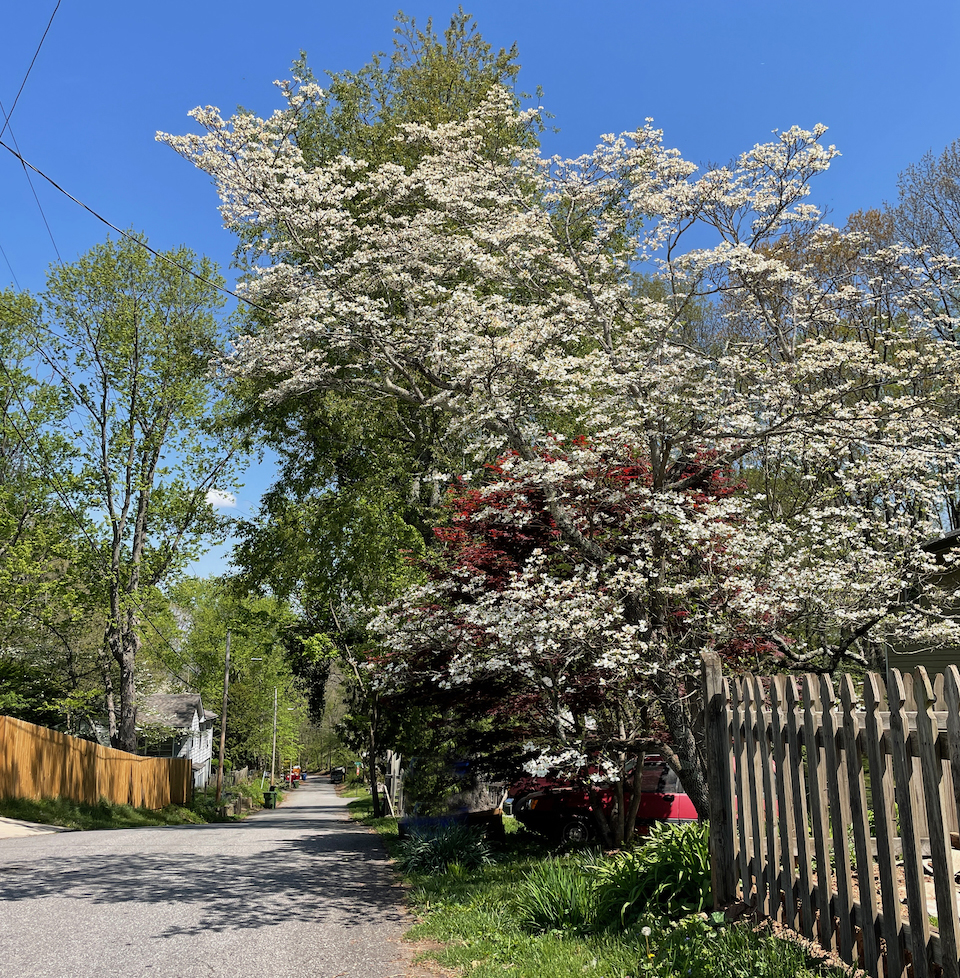
And please skip the landscape fabric. Weeds have no problem growing on and through it, and roots tend to get caught up in it rather than growing deeper into the soil. Trees Charlotte, the NC Urban Forest Council, and Charlotte’s Urban Forest Master Plan all have information online on the benefits of trees, tree care (including finding a certified arborist), and choosing a tree. Preserving and growing our canopy is the best thing we can do for ourselves, our neighbors, and future generations.
An earlier version of this article first appeared in The Spirit, a Plaza Midwood neighborhood quarterly newsletter. It is adapted here with permission.
By Christine Sheil
Native Plant News – Summer 2022
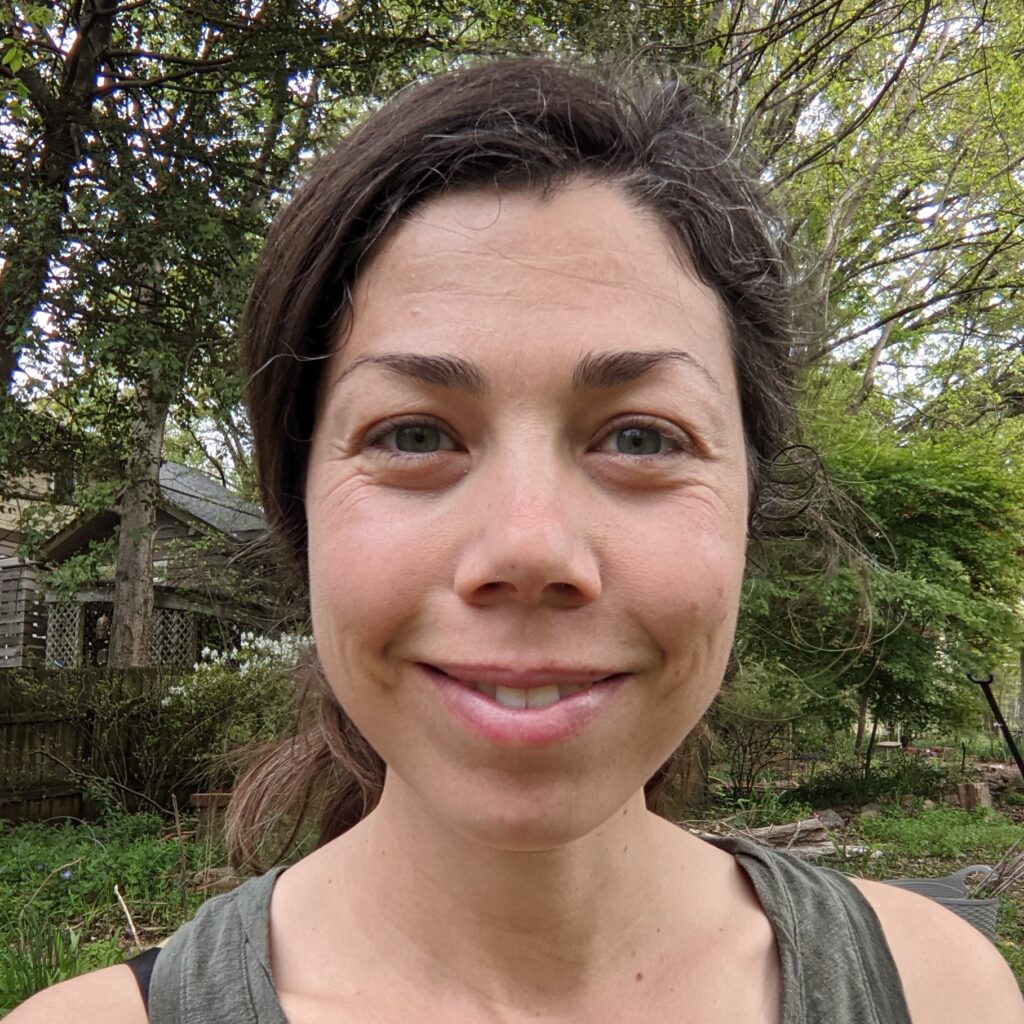
Christine Sheil is a resident of Plaza Midwood in Charlotte where she enjoys working in her garden when she’s not taking care of her family and helping to beautify her neighborhood with the Midwood Park Community Garden. She is a member of the Southern Piedmont chapter of NC Native Plant Society.
